
Home | About Us | How to Participate | Biodiversity Modules | Projects | Maps | News | Resources
NatureMapping Activities
7. Animal Signs - Photos
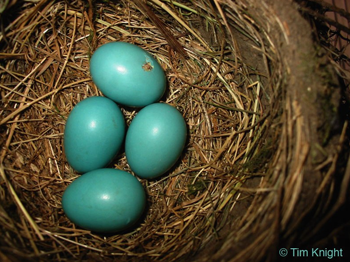
Eggs - eggs alone may not tell you what type of animal it is (remember, there are other species that lay eggs...turtles and some snakes.)
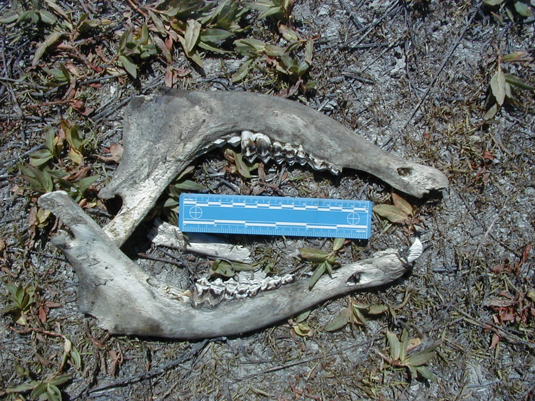
Bones - when you find one, stop, squat down and begin looking for other bones. Some bones, such as skulls, are easier to identify than leg bones or vertebrae. You may need to find more than one leg bone to identify the animal.
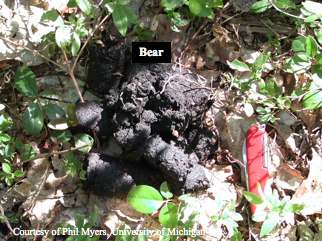
Scat - scat is not a perfect way to identify an animal. The same animal's scat may be different depending on what it ate.
There are certain characteristics about a certain species scat, for example the weasel always has twisted scat that helps identify the animal.
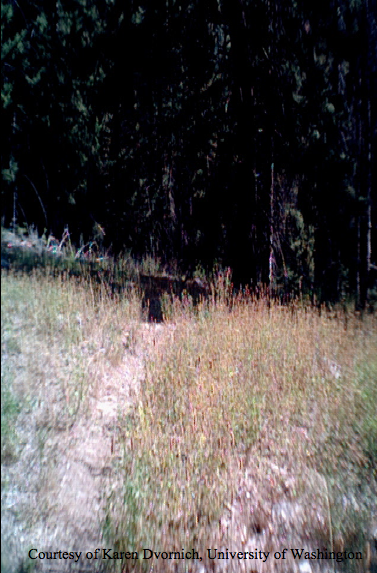
Trail - a favorite trail may be used by many animals. Follow the trail and look for pieces of fur on low branches or bushes.

Tunnel - Voles make neat tunnels through grasses by nipping off the grass along the bottom and sides of the tunnel. Shrew tunnels are about an inch smaller and the vegetation has been pressed down rather than nipped off. In snow, rabbits, weasels, and red squirrels make tunnels.

Nests - Bird nests are similar, but the size, shape, and location are clues to the species of birds that made them.
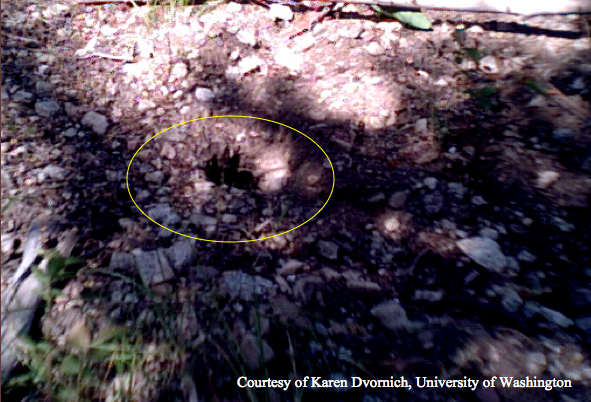
Holes - The size of the opening to burrows/tunnels can give clues of the species that made the hole. Tracks, fur, or scat near the hole provides further information for identification of the species.

Feather - Feathers are valid signs of the presence of a bird. Some feathers are unique enough to identify the species.
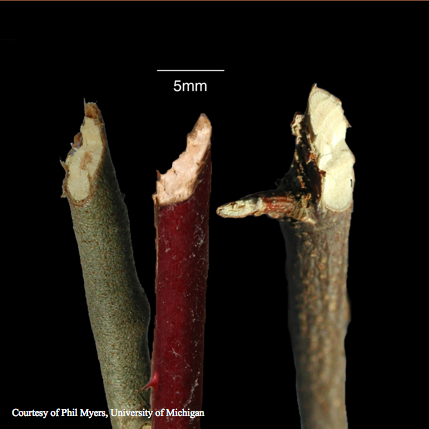
Feeding - Bite marks on the top or bottom of a branch and the distance from the ground can identify the species that made the marks. For example, rabbits' teeth are on their upper jaw and deer teeth are on the lower jaw.